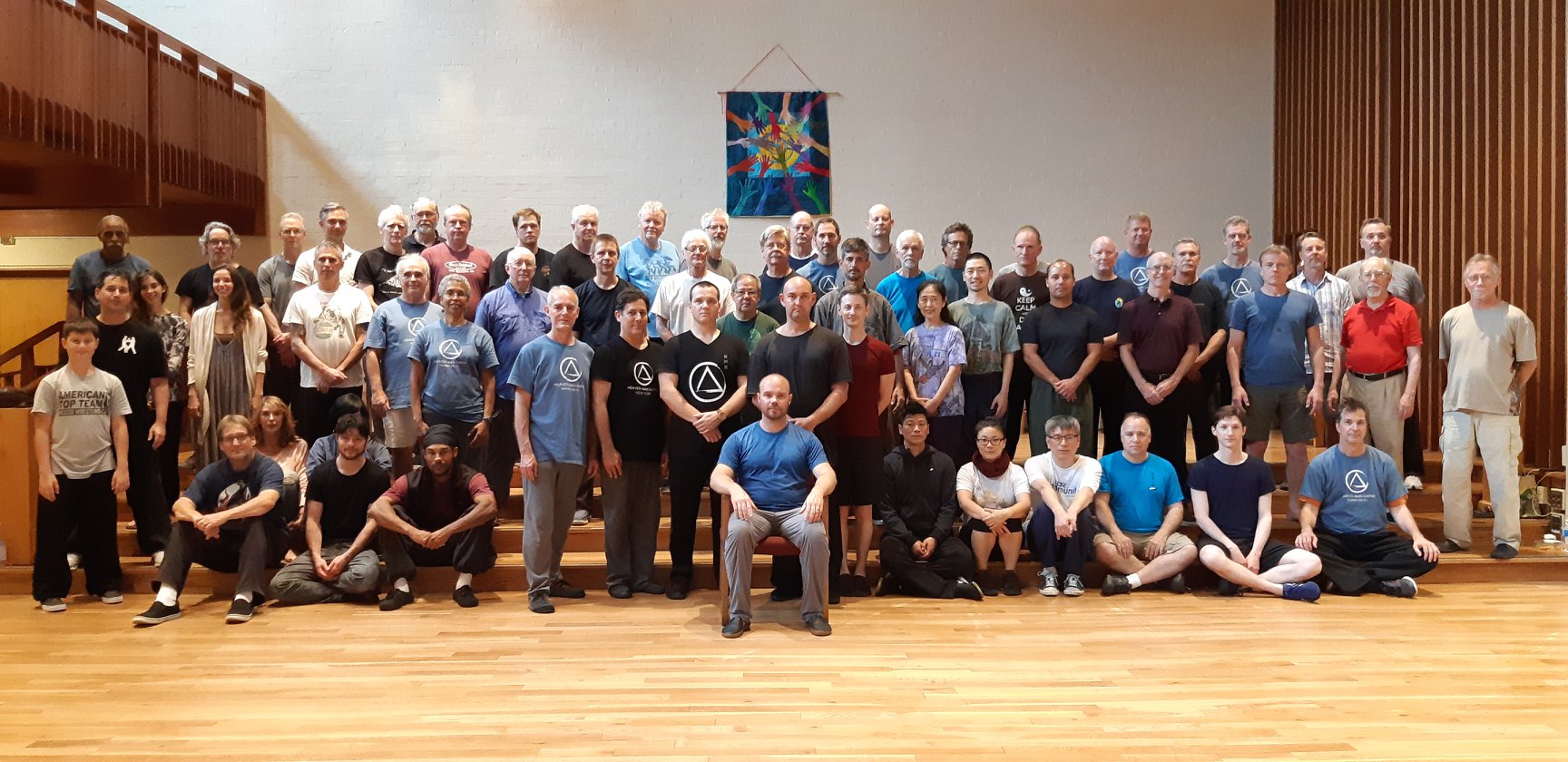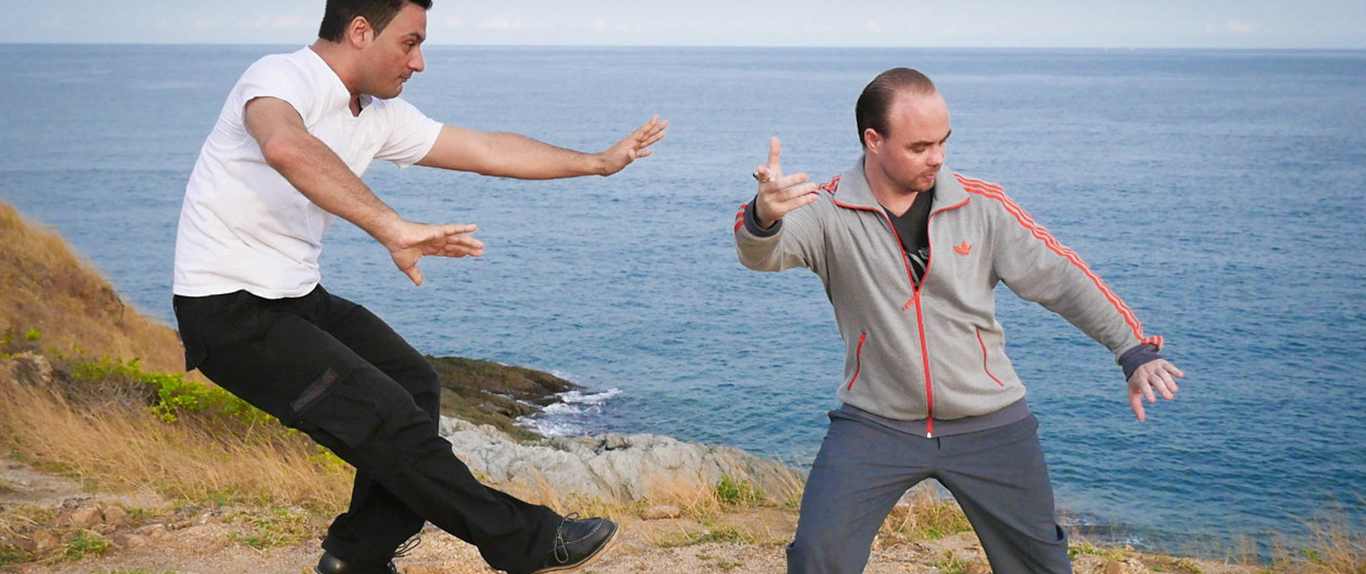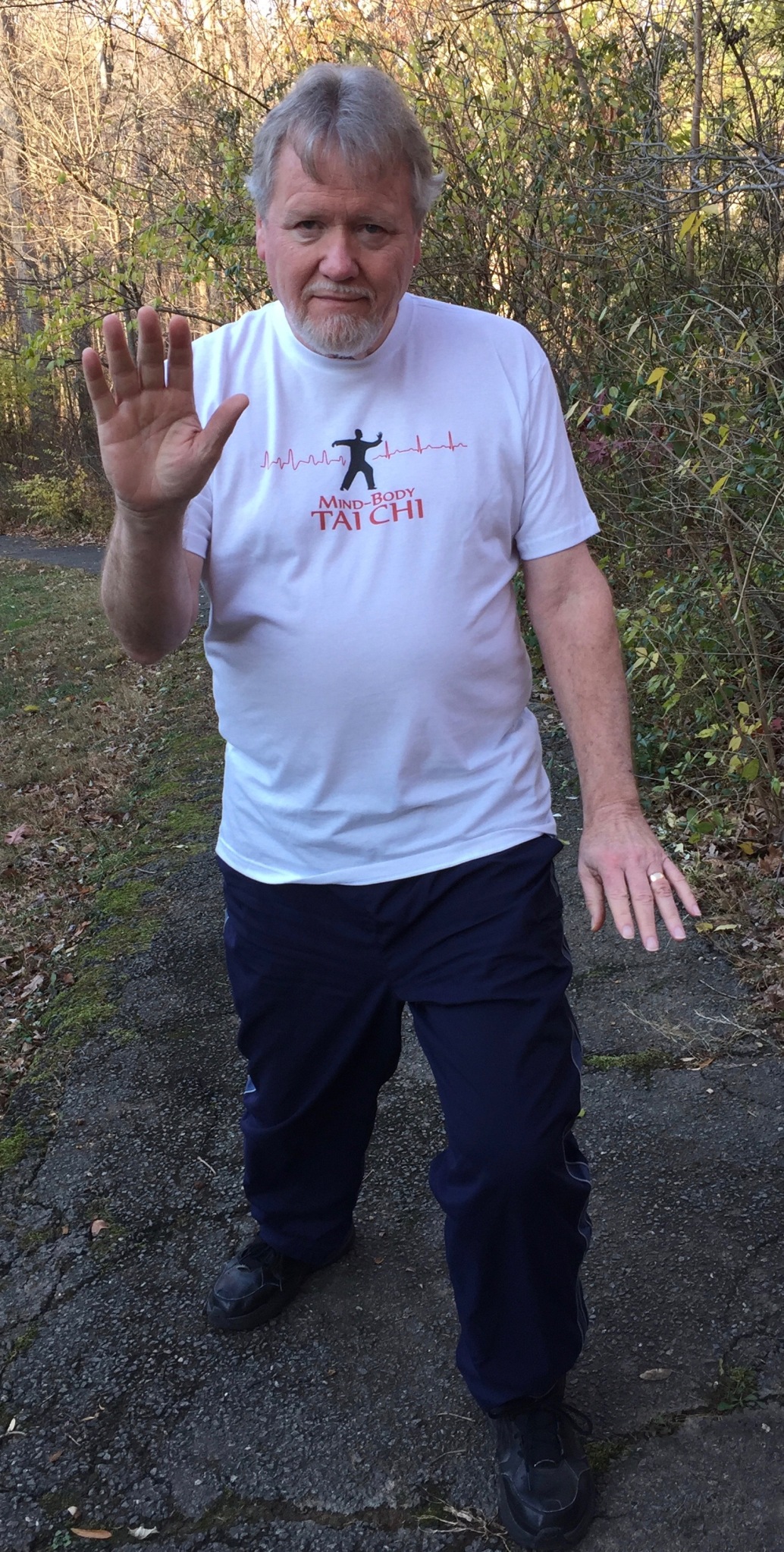For all the perils of the Internet and social media, they can be useful in building global communities, including among internal martial arts students and teachers. I owe much of my interest and growth in Tai Chi and qigong practice to connection with others online, and particularly through Facebook groups like The Kwoon, Tai Chi Connections and Internal Arts Journey, among others.
Virtually meeting practitioners from all over the world, and exchanging ideas and experiences, has made me better appreciate my 34-year odyssey studying the Taoist martial arts.
One such exchange on the Kwoon 11 years ago led to my first “meet-up” for push hands play and forms practice. The call to meet in Asheville, N.C., came from Tai Chi savant and legendary Tarpon Springs fisherman Bob Messinger, who was in North Carolina visiting friends in April 2012. Meet me in Asheville for an informal workshop, he said, and we’ll play push hands and learn from each other. Bob not only was an experienced teacher of White Crane Tai Chi, but also proficient in other internal martial arts forms, including Bagua and Hsing-I.
Among the eager students was Patrick Reece, who traveled over the mountains from his home in Tennessee, where he was studying I Liq Chuan, an internal martial art developed in Malaysia and pioneered in the United States by Grandmaster Sam Chin. I got up early for the 14-hour round trip from suburban D.C., eager to expand my skills beyond the basic Cheng Man Ching Yang-style short form I’d been practicing for 20 years, and to learn push hands, the drills that help connect practitioners to the martial arts part of the discipline.
It was a day of learning, yes, but also a beautiful moment for strangers touching hands and feeling the vibe of qigong. We were connected via social media networks that promote our interests and curiosity, but the experience was real, a connection to remember. I remember it like it was yesterday, which makes me miss Bob even more.

Flash forward to 2023, and Bob is gone far too soon, a cancer victim who is also missed by a host of friends across Florida and around the world. Now Patrick has advanced to teaching, and is following the Heaven Man Earth path guided by Adam Mizner. I’m still searching, of course, but I did find Patrick again – reconnecting first in 2018 at a workshop conducted by Sifu Mizner and then, in late January, when he was the guest instructor with Charles Hoge, an HME disciple responsible for the entire DC Metro area.
Patrick was very much in charge of a three-hour DC-area class, demonstrating balance and sung in movements, while also enforcing the grueling standing postures that always test my endurance. While many standing qigong drills stress balance and mind-body awareness, allowing for meditation, the HME method stresses building the Tai Chi body through exercises that fortify structure and loosen connective tissue, which in turn helps move qi through the body and demonstrate its explosive power.
Sifu Mizner explains the building blocks of the HME system this way:
“Sifu (Mizner) is able to teach everyone differently because it’s based on touch,” Patrick said, describing training in a group of 15 with the master in a Thailand retreat. “Words mean different things to different people, but the bulk of the training is internal process. Sifu can feel you when you push hands. We just touched and trained and that’s how we learned.”

Push hands partner drills were the primary lesson at the D.C. class, and Patrick made the rounds touching hands with all the students, demonstrating and answering questions. For me, it was the basics of the hand movements, and the all-important sung, the ability to release/relax and control the opposing force. Although he has bulked up since I first met him, Patrick seems to disappear against a push, rotating to another angle, and he’s got me (again). It makes sense that relaxation, or release of tension, is a critical element of internal martial arts, practiced by many people today to relieve stress.
It was most illuminating when Patrick pushed with Charles, also a skilled Tai Chi teacher who travels to train with Sifu Mizner, when Patrick’s greater mass proved difficult to move between the skilled players. “It doesn’t matter how big your opponent is,” Patrick counseled the group. “The key is to relax and sink the qi, then you can uproot your partner from below,” a technique that Charles demonstrated.
Comparing his current Heaven Man Earth Tai Chi practice with his initial work in I Liq Chuan, Patrick recalls meeting and pushing with Grandmaster Chin. “I never felt power like that,” he said. The ILC method is different because “it’s based around the application. Tai Chi is based around the art, on developing a body of energies. The practice of neigong (internal energy work) lifts you up. But I think ILC may be more effective in dealing with another person – combat,” he said.
Patrick hopes to return to Philadelphia and reopen his HME training studio, which he shuttered as the pandemic fractured groups in 2021. Meanwhile, he’s available for private lessons for players in the New Jersey area. Give him a call at 609-226-5110. If you’re looking for instruction in the D.C. area, contact Charles at hogec@aol.com, or 202-368-0425.












 Kerouac previewed his end of days in the brutally honest biographical novel,
Kerouac previewed his end of days in the brutally honest biographical novel, 